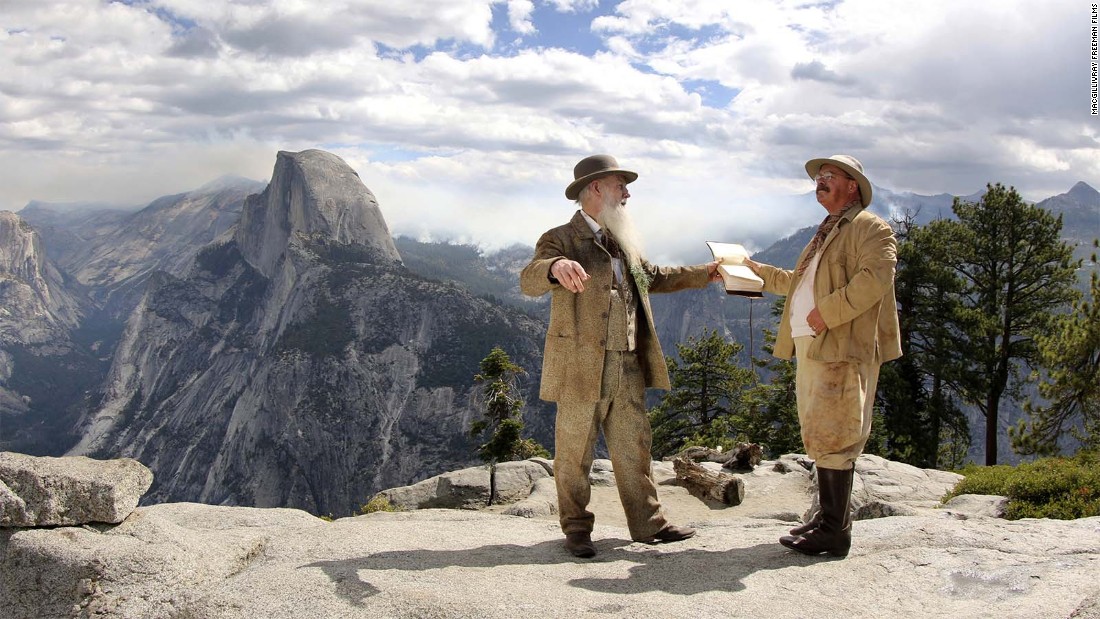I saw the following two films back on Memorial Day weekend at the California Science Center IMAX for extra credit. This was my report, which I'm finally sharing, with some minor edits.
National Park Adventure 3D
I
went to the IMAX at the California Science Center on the Sunday before Memorial
Day. It was impressively busy. I saw two films: National Park Adventure and Beautiful
Planet, both in 3D. Overall, the
IMAX experience was marred by people filing in after start time and by people
generally taking a long time to situate themselves.
Before
National Park Adventure, there was a
trailer for the other film that I saw.
Then there was a Subaru spot advocating environmental protection,
someone behind me commented on the “irony” of that.
National Park Adventure is relevant to
the class as it features various areas of our planet, covering some of the
natural science. For instance, the
beautiful blue/green pools in Yellowstone get their brilliant color from
heat-loving bacteria. Unfortunately, the
film was light on science and heavier on other aspects. Furthermore, there was too much irritating
contemporary pop music, such as a rendition of the dreadful “Hallelujah.”
I
was also introduced to the culture of gap climbing at Devil’s Tower. Devil’s Tower is apparently a natural
lightning rod. The Native Americans said
that the land belongs to no one, whereas, the narration asserts that the land
belongs to all of us. By that logic, our
planet is potentially as much the aliens’ as ours’.
Near
the end came one of the best parts of the film, which focused on Pictured Rocks
National Park in winter. Visitors are
shown walking on frozen Lake Superior, and one of them is portrayed ice
climbing. The narration informs us that
the weather is 22 degrees below zero Fahrenheit, and that the steel of the ice
picks can shatter in those temperatures.
Beautiful Planet 3D
The
second film, Beautiful Planet, was
far more substantial in terms of the science and valuable insights. It depicts the activities of crewmembers on
the International Space Station as well as some great views of the Earth from
the station. As the grand imagery washes
over the audience, the film imparts various facts. For instance, the Namib Desert in Africa is
the driest on the planet. Speaking of
deserts, the once dense forest areas of Madagascar are beginning to look like a
desert due to deforestation, resulting in the extinction, or nearing extinction,
of lemurs and other various species.
More
morsels of information from the film include the fact that the Colorado River
supplies the water supply for a population of 40 million, whereas, the
Himalayan snowcap provides the water for 500 million, and both sources are
dwindling. California’s increasingly
drought-stricken Central Valley is also featured.
Beautiful
images of the Aurora (not specified) are shown while the soundtrack informs us that
this phenomenon is evidence of our atmosphere protecting us from solar radiation.
Observing
the crew, we are shown that there are no showers in space, just the use of wet
wipes. The International Space Station
is definitely benefiting from cutting edge accommodations, such as an
Italian-made espresso machine and zero-gravity cups (replacing the much less
glamorous pouches).
I
was enthralled by the images of lightning from space, which I have never seen
before. An image of a hurricane funnel
was also pretty impressive. Christmas in
space is also portrayed. A medical
doctor is shown growing lettuce in space with the help of pink light, several
crew take a taste. Another scientist is
on the station to research the affects of space on vision, as there have been
reports of declining vision after extended times in space.
The
most powerful part of the documentary featured the planet at night. The crew remarks that from space there are no
borders, with two noticeable exceptions.
First, the India-Pakistan border is highly visible with all sorts of
reddish light along the whole length.
Second, the border between North Korea and South Korea reveals the
shocking differences in quality of life.
South Korea is filled with light, which reflects a vibrant and bustling
country; North Korea is nearly pitch black with only a small concentration of
light in the Pyongyang area. Both
countries have roughly the same population.
I was blown away by this revelation.
Lastly,
the film covers the search for other planets hospitable to life. One planet was found, according to the film,
500 light years away, it is in the Goldilocks zone (not too far, not too close
to its sun).
Annoyingly,
despite being in line earlier for the second film, I didn’t get in on time due
to the long lines. Both times I took an
equally brief bathroom stop. I believe
that the IMAX would be improved by incorporating terraces and multiple levels
of auditorium ingress and egress. This
is more than possible with seven stories at their disposal.
Overall,
I had a good time and look forward to reliving Beautiful Planet at home.
Speaking of home, I prefer my home theater, which consists of a
3D-capable digital projector and 90-inch and 120-inch screens. I always have the best seat in the house with
no distractions, and healthy snacks if I so choose. If I get close enough, I can definitely have
my own private IMAX moment.
In
fact, after getting home, I re-watched Space
Station 3D, from the same director as Beautiful
Planet. Space Station 3D is one of my favorite IMAX films and one of my 3D
favorites. It was interesting to note
how much the space station has advanced since then. Space
Station 3D, like Beautiful Planet,
featured observations about the apparent absence of national borders from
space, holidays in space, and the lack of showers in space. Overall, the IMAX spirit was one of the
highlights of my Memorial Day Weekend.






No comments:
Post a Comment